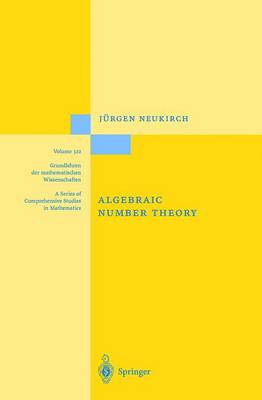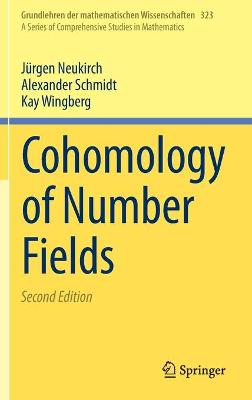Grundlehren der mathematischen Wissenschaften
3 primary works
Book 280
Book 322
This introduction to algebraic number theory discusses the classical concepts from the viewpoint of Arakelov theory. The treatment of class theory is particularly rich in illustrating complements, offering hints for further study, and providing concrete examples. It is the most up-to-date, systematic, and theoretically comprehensive textbook on algebraic number field theory available.
Book 323
Cohomology of Number Fields
by Jurgen Neukirch, Alexander Schmidt, and Kay Wingberg
This second edition is a corrected and extended version of the first. It is a textbook for students, as well as a reference book for the working mathematician, on cohomological topics in number theory. In all it is a virtually complete treatment of a vast array of central topics in algebraic number theory. New material is introduced here on duality theorems for unramified and tamely ramified extensions as well as a careful analysis of 2-extensions of real number fields.


